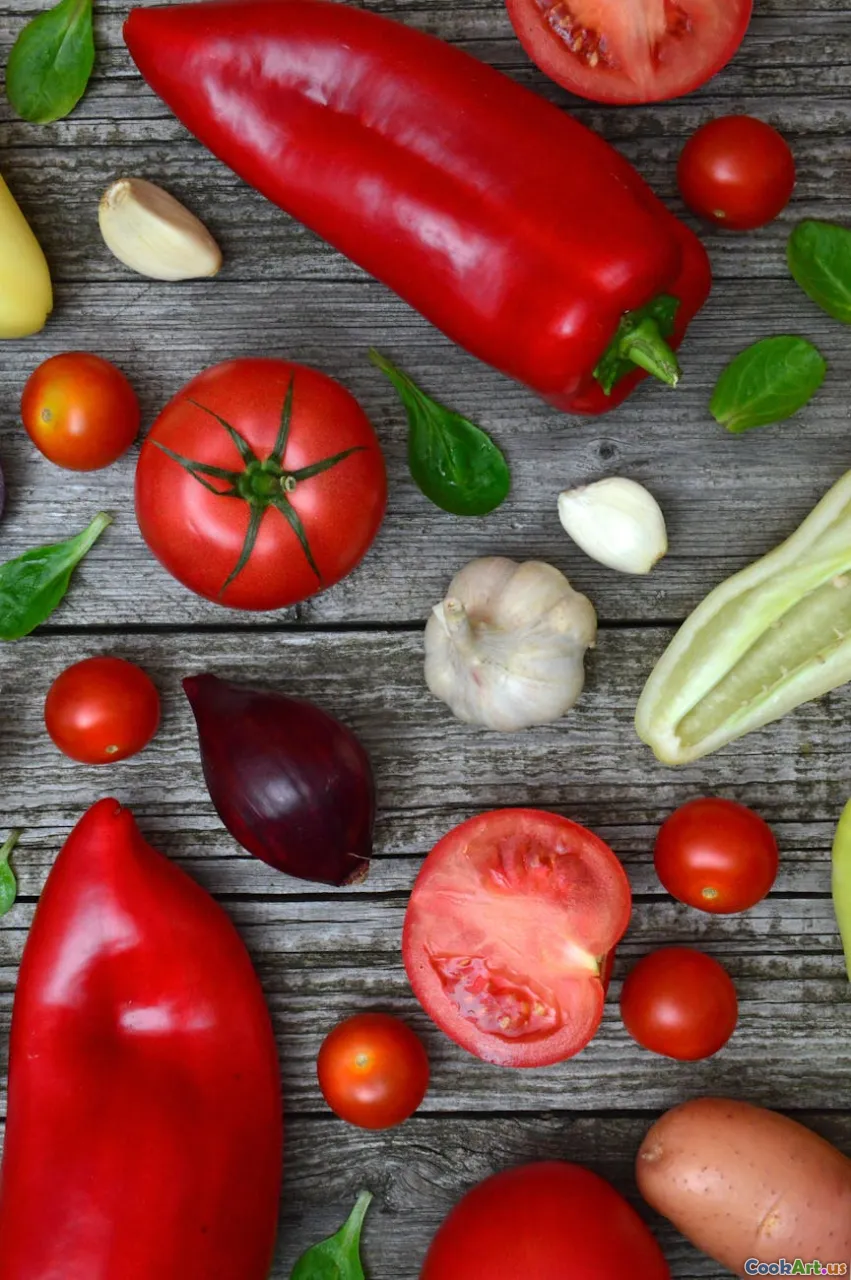The Joy of Seasonal Cooking
5 min read Discover the beauty and benefits of cooking with seasonal ingredients for festive occasions. April 11, 2025 13:00
The Joy of Seasonal Cooking
Cooking with the seasons is not just a culinary practice; it’s a celebration of nature's bounty and an embrace of the rhythms of the earth. Seasonal cooking means adjusting your menu to incorporate ingredients that are at their peak flavor and freshness, which can elevate your dishes and enhance your culinary experience.
Why Choose Seasonal Ingredients?
1. Flavor and Freshness
Seasonal ingredients are harvested at their peak, making them taste better than those that are out of season. For example, tomatoes in summer are sweet and juicy, while those picked in winter often lack flavor.
2. Nutritional Value
Fruits and vegetables that are in season are more nutritious. They are often picked ripe and consumed sooner than those that are shipped long distances. This means they retain more vitamins and minerals, offering better health benefits.
3. Support for Local Farmers
By choosing seasonal produce, you support local farmers and reduce your carbon footprint. Many farmers' markets feature seasonal ingredients, allowing you to connect with your community while enjoying fresh foods.
The Seasonal Calendar
Understanding the seasonal calendar is crucial for seasonal cooking. Here are some examples of what to expect throughout the year:
- Spring: Asparagus, peas, radishes, and strawberries. This vibrant season brings a burst of freshness, ideal for salads and lighter dishes.
- Summer: Tomatoes, zucchini, eggplant, and berries. Summer is a time for grilling and outdoor dining, with colorful dishes that celebrate warmth and sun.
- Fall: Pumpkins, apples, squash, and root vegetables. This season invites hearty meals and cozy flavors, perfect for warming soups and pies.
- Winter: Citrus, kale, Brussels sprouts, and root vegetables. Winter cooking often embraces warmth and comfort, with stews and roasted dishes that nourish the body.
Cooking Techniques for Seasonal Ingredients
To make the most of seasonal ingredients, consider these techniques:
1. Roasting
Roasting enhances the natural sweetness of vegetables, making it a perfect technique for fall and winter produce like squash and carrots. Simply toss with olive oil, salt, and herbs before roasting for a caramelized flavor.
2. Grilling
Grilling is ideal for summer vegetables and fruits such as corn, peppers, and peaches. The char adds a smoky depth that pairs beautifully with fresh herbs and marinades.
3. Pickling and Preserving
Extend the life of seasonal ingredients through pickling or preserving, which can bring a delightful zing to winter dishes or allow you to savor summer’s bounty all year long.
Cultural Significance of Seasonal Cooking
Culinary traditions around the world are deeply rooted in seasonal cooking. For instance, in Italy, the harvest of olives and grapes is celebrated with festivals, while in Japan, the cherry blossom season inspires seasonal dishes featuring sakura. Exploring these traditions can offer insight into how different cultures honor nature's cycles through food.
Conclusion
The joy of seasonal cooking lies in its ability to connect us with our environment, our community, and the foods we eat. By embracing seasonal ingredients, we not only enhance our culinary creations but also enrich our lives with flavor, nutrition, and cultural appreciation. So, as the seasons change, let your cooking reflect that change, and enjoy the delightful experience of preparing and sharing meals that celebrate the bounty of the earth.









